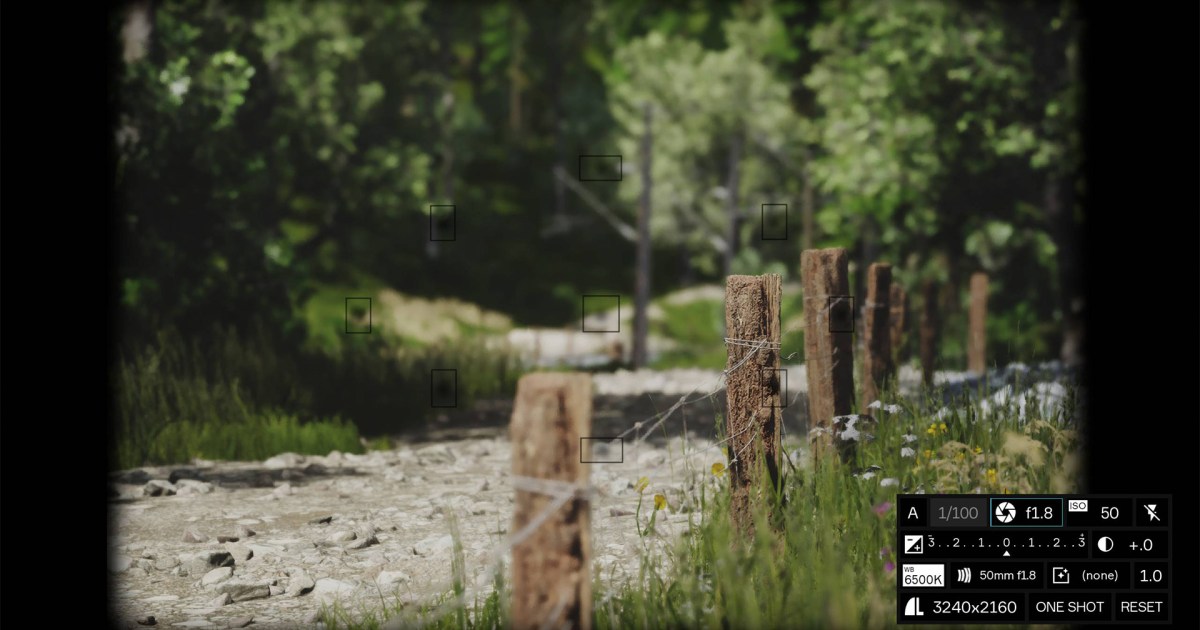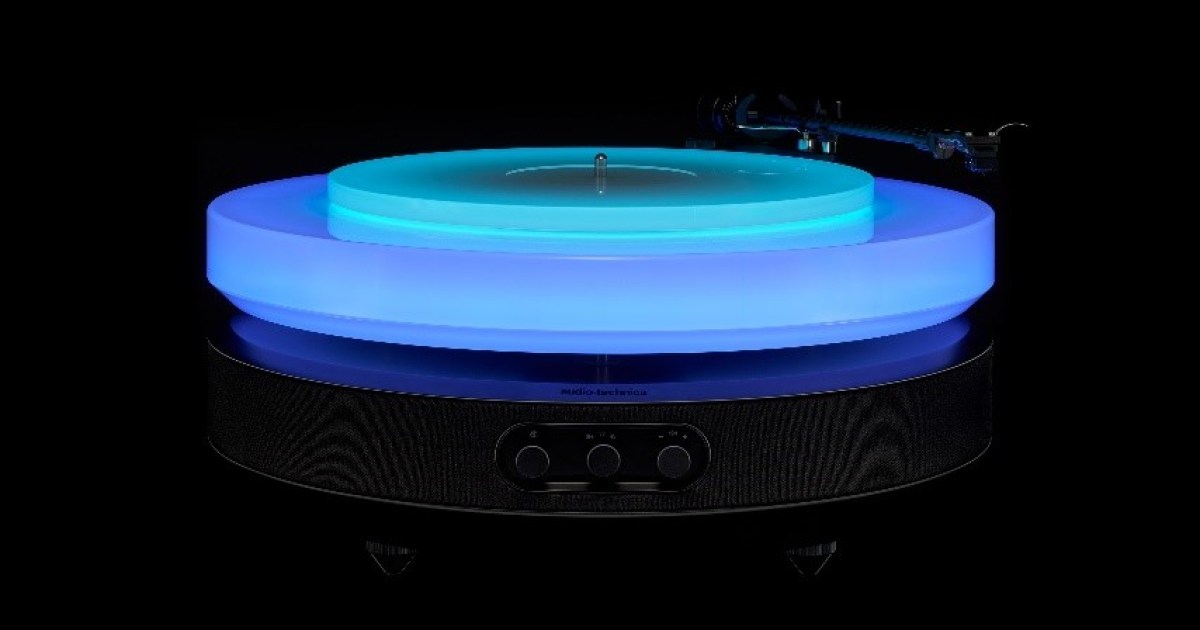
Lushfoil Photography Sim Aims to Turn Everyone into Photographers.
Lushfoil Photography Sim captures the joys and concerns of nature photography through a relaxing gameplay experience.
The absence of traffic in cities creates a disconcerting silence. Initially, this tranquility feels refreshing, but over time it becomes overwhelming. Every small movement resonates with greater intensity. It is in nature, surrounded by the hum of insects and the songs of birds, flowing rivers, and the crackling bark of trees, where I find solitude in a silence that conceals tinnitus and alleviates my tension. Every place has its own soundscape. I learned to enjoy that silence along the Econlockhatchee River in my hometown, where as a young person, I rediscovered how to spend hours alone with my thoughts. Later, I explored the valleys of the Hudson River in my new life. I also let myself be awed in the summer by Lake Braies, while I was in my apartment in Brooklyn, enjoying the whisper of winter and playing Lushfoil Photography Sim.
Developed by Annapurna Interactive and created by Matt Newell, this game simulates a series of unique real-world landscapes in Unreal Engine 5, allowing players to explore with a camera. This generates an experience that evokes both the joys and anxieties of a solitary walk. As I descended towards the famous "Pearl of the Alps," I passed through a sound barrier of wind, insects, and a soft, sustained piano. There was no one at that usually crowded destination. I felt uncertain even about my own body. However, I managed to pick up a camera I had left resting on a small rock at the pebbled shore. It was a DSLR equipped with all the necessary lenses. The interface guided me to use the zoom and autofocus, starting with the simplest functions. Focusing on the lake, I adjusted the frame to include a small chapel and pressed the shutter halfway down to achieve focus. It turned out to be intuitive, unlike Erin's old D40, which accumulates dust on my desk with dead batteries and an empty SD card while I store photos of the mangroves at Castle Rock Beach and the 10,000 torii gates of Fushimi Inari-taisha.
I do not consider myself an expert photographer. I enjoy capturing images, but I have always focused on framing, geometry, and colors. The vast number of technical terms and symbols has been an impenetrable barrier to delving deeper into learning. However, after playing Lushfoil in different countries like Italy, France, Iceland, and Japan, I have begun to consider using my camera again. Not out of a sudden interest in adjusting technical parameters, but because I am eager to experiment with focus and zoom, and I notice how the saturation of my photos decreases each time I have to replace my old phone. Now, the DSLR feels less foreign.
During my time at Le Prarion, I learned to adjust the aperture. In Kyoto, I experimented with shutter speed while walking through the torii paths, trying to meld each gate into a single wall of red. Photography has not always been my sole motivation for going out; I seek to be in nature, to observe, walk, and simply be present. This desire reminds me of the best writing advice from Rebecca Solnit: "Thinking is generally regarded as doing nothing in a production-oriented culture, and doing nothing is hard to achieve." Her book A Field Guide to Getting Lost inspired me to venture into the swamps and forests of central Florida.
Lushfoil captures the essence of my walks but turns out to be an engaging game, with hidden collectibles that add a thrill to exploring virtual worlds. I don’t have a map, so I have to memorize each area and its paths. Walking is a satisfying process, and I encourage myself to take photos of every peculiarity for a quick later trip, which might break the illusion but is a relief when I’m sitting in a dark room. The motivation to find photos and collectibles is tied to new lighting scenarios that transform each place in surprising ways. Lake Braies becomes a wintry landscape; Le Prarion is painted red at sunset, and Kyoto turns into a dark, stormy day. When I open an umbrella, the sound of the rain hitting the plastic comes to life. The quality of light, sound, and atmosphere changes radically. Fog appears in the mornings over the valleys, and a snowstorm covers the mountains.
I often reflect on Caspar David Friedrich's quest, who believed the artist's task lies not in faithfully representing the elements of nature but in reflecting its sensations and spirit. Although he may not have seen photography as a valuable art, the stunning recreations in the game impact me, not for flaunting graphic capabilities but for their ability to evoke feelings that a simple video could not achieve. Lushfoil feels like a form of romantic art, attempting to express an encounter with the sublime through three-dimensional forms instead of brushes.
Despite the contradiction in these images of other images, my desire to continue exploring and playing persists. Lushfoil Photography Sim will launch on April 15 for PS5, Xbox Series X/S, and PC.



